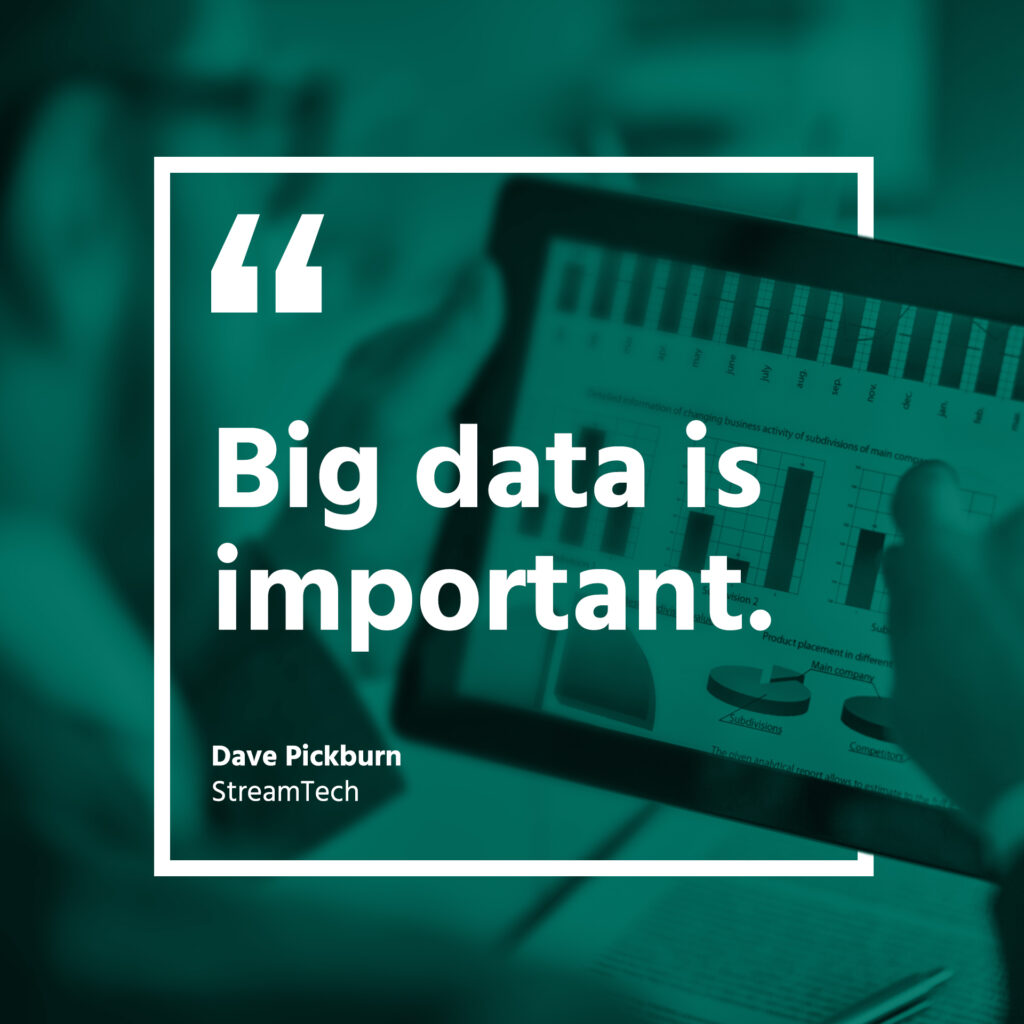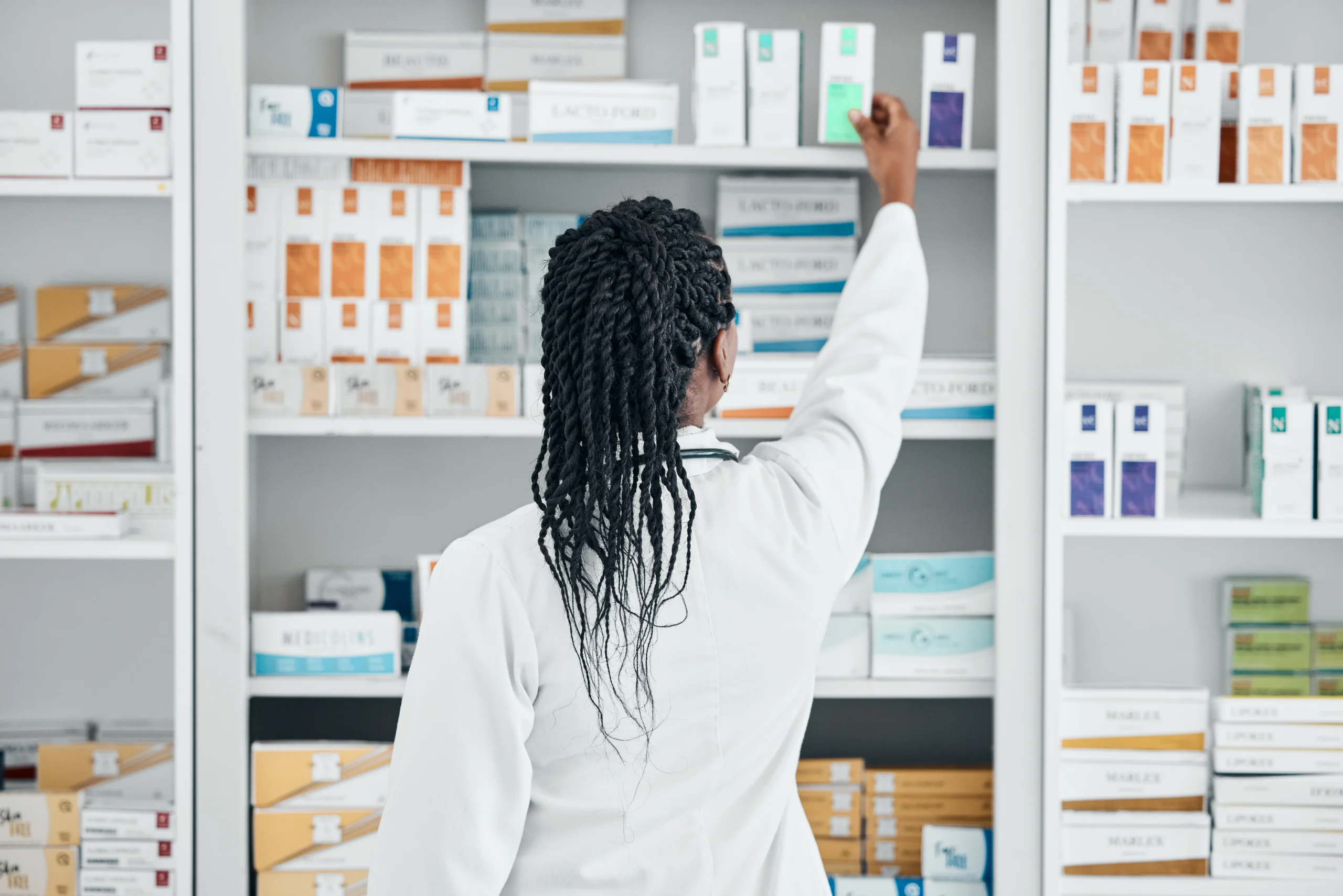What’s 2022 got in store for the transportation, delivery & logistics sector?
2020 may have been the year that changed everything, but 2021 didn’t see the ‘return to normal’ many were looking for.
The last two years have seen exponential changes to the way we live, work – and shop.
In fact, if 2021 has shown us anything its that the flexibility and resilience to tackle disruptions and changes head-on is essential for any business making it in the new normal.
Our founder and MD, Dave Pickburn, said:
“Change and disruption and things being different is the new normal now, and businesses have to adapt.”
With that said, we think there are some big and exciting changes pushing the logistics and delivery sector forward in 2022 and beyond.
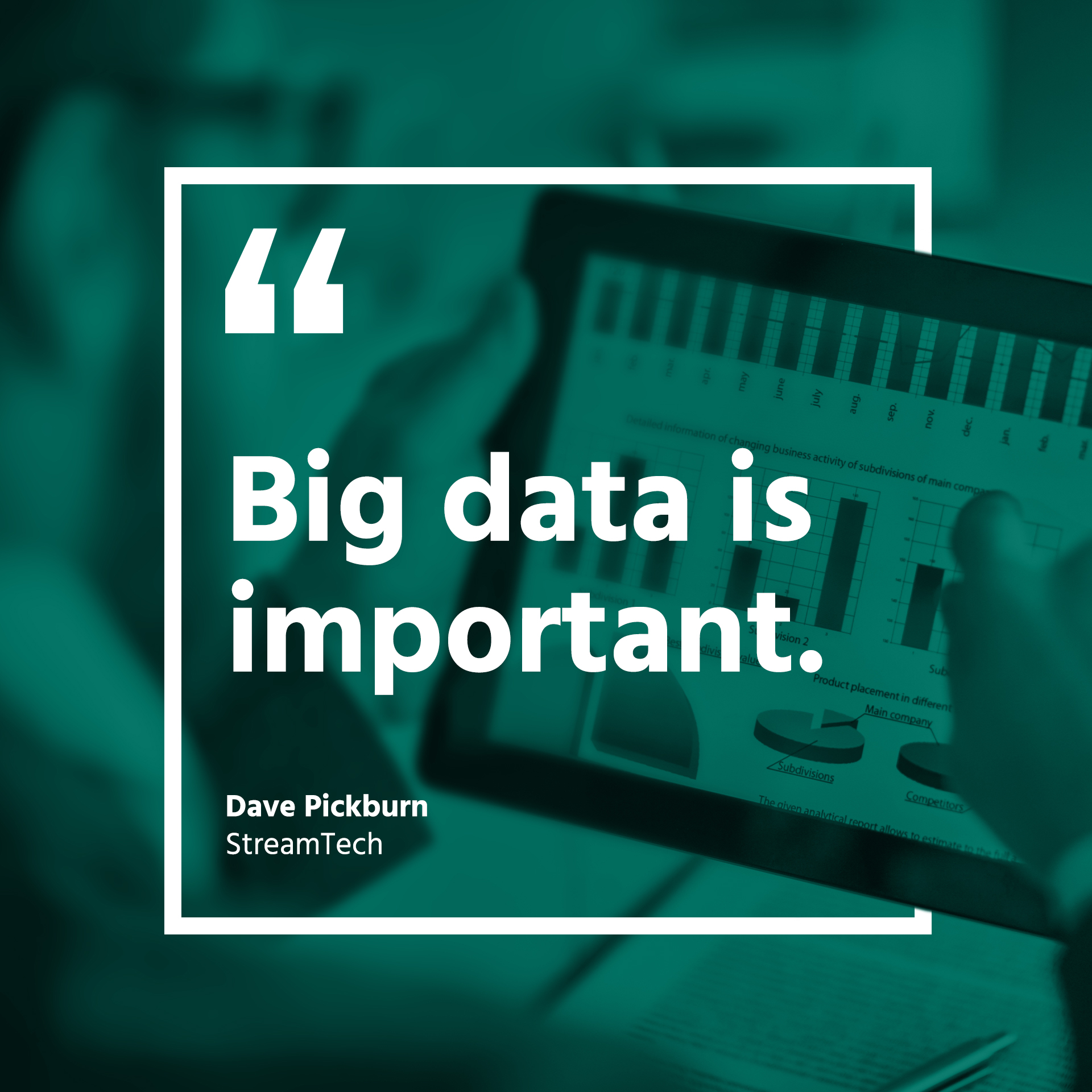
Using big data to improve efficiency & service
“Put simply,” says Dave, “Big data is larger, more complex data sets, especially from new data sources, which are so voluminous that traditional data processing software just can’t manage them.”
With big data, you can start to gather more data over longer time periods and from more sources.
Stream Analytics is a big volume of semi-structured data on your entire logistics operation, so you can use tools like Power BI or Google Data Studio to look for patterns and changes.
Using big data not only lets you visualise insights but gives you an improvement loop.
It’s about comparing what somebody thought was going to happen and what actually happened, or what the system thought was going to happen with what actually happened.
By combining those two things — data on what you thought was going to happen, and data on what actually happened — you can start to compare those two.
For instance, if a significant proportion of your deliveries are late or early, you can start to examine it:
- Why is that?
- Where’s the variance?
- What’s the pattern in that variance?
- What’s starting to cause that?
It may be that you then go and you adjust your operational activities to address it, or it may be that your planning is wrong and so you optimise your planning differently to closer reflect reality.
Or you may discover that your on-site times are wrong.
Let’s say, you plan for ten minutes on-site at each location through the day, and you’re doing 10-15 drops, but if you’re actually only spending five minutes on-site it can make a big difference to timing, and you can find that out and build it into your planning.
You might be able to increase efficiency by fitting an extra delivery into each day, but also you’re going to be improving customer service by predicting better times of arrival.
“I think Big Data is vitally important, not only for our platform, but for mid and enterprise logistics providers” said Dave.
“As we go forward we’ve got plans for building machine learning into this so that the process becomes automated. I’m very excited by Big Data.”
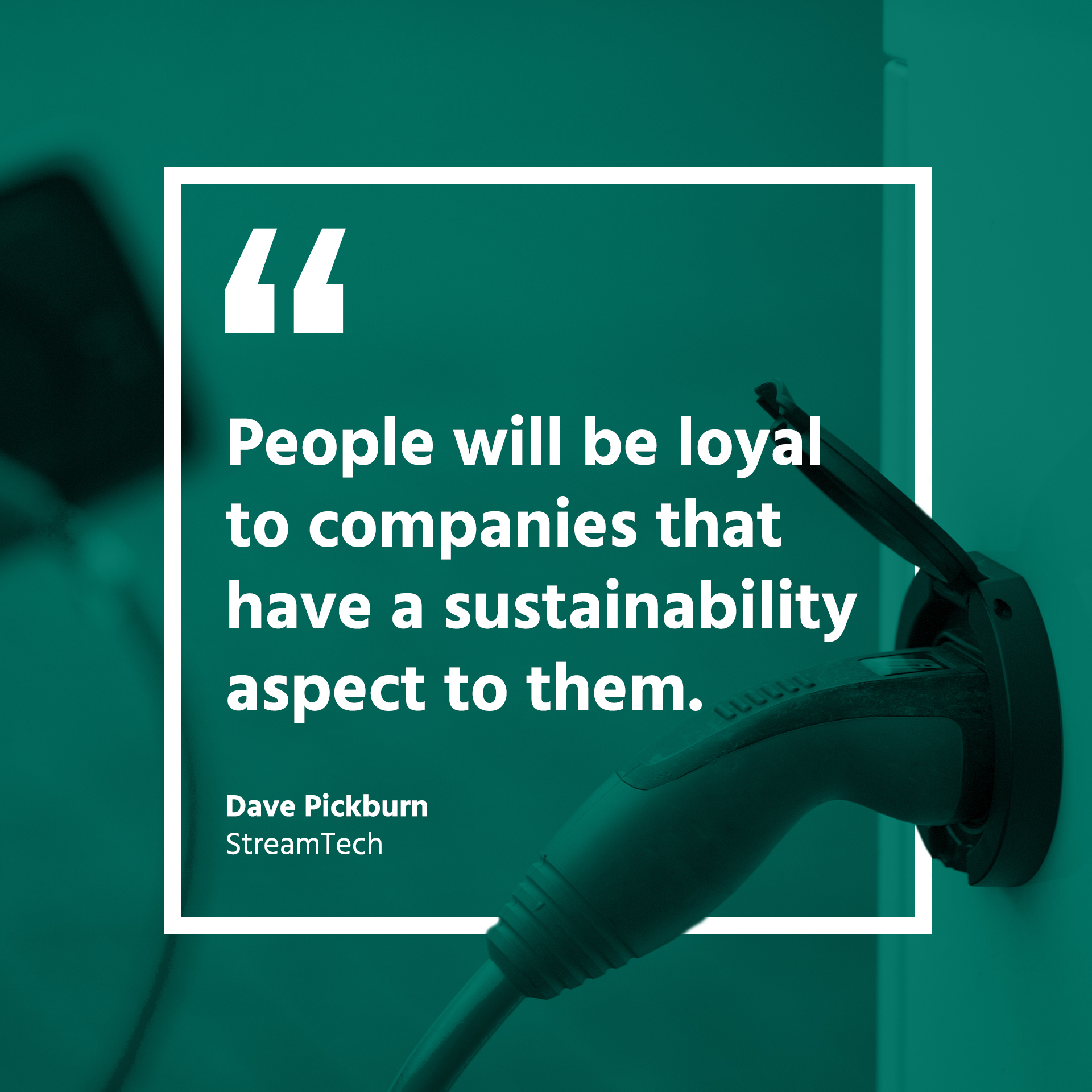
Sustainability as a differentiation
“Sustainability is becoming more of a differentiator for companies,” Dave has noticed, “people will be loyal to companies that have a sustainability aspect to them.”
Consumers can see through ‘greenwashing’ these days.
Sustainability practices have to be put in place to stand out.
And dare I say it, those sustainability practices have to be sustainable themselves.
Sustainability has to be woven into everything across the business, from manufacturing to packaging to delivery.
A survey published by Sendcloud in 2020 found that 57% of UK online shoppers worry that the rise in online shopping is a significant threat to the environment. 38% of UK online shoppers indicated in the survey that they would be willing to pay extra for CO2-neutral ‘green delivery’.
Rob van den Heuvel, CEO of Sendcloud, commented on the survey saying:
“There are some positive signs that consumer demand is changing the way we shop and deliver in the future, with more sustainable packaging and electric delivery vans making head in the UK and across Europe. Smarter delivery options, such as real-time delivery notifications, are also helping increase the first-time deliveries and reduce the carbon footprint of shipping services.”
Having a transport management system (TMS) like Stream in place, which optimises routes to minimise mileage and emissions and communicates with customers to minimise re-deliveries may not always be visible on the surface, but is now really a minimum requirement in terms of sustainability for deliveries.
The rise of commercial hybrid and electric vehicles
Both the UK market and the worldwide market for electric vehicles is growing: “It’s now four years since I bought my electric car,” says Dave, “at that time having an electric car was a rarity, but now it’s not. It’s mainstream now.”
However, commercial vehicles haven’t always kept up.
In the last year though, we’ve seen much more commercial EVs and hybrid vehicles coming to market, particularly for companies doing city deliveries.
Bringing these new greener fleets is important to deliver on sustainability, and as they’re starting to become available, it’s important to make software choices that reflect that, with functionality that will help you to transition to greener fleets.
Localising the supply chain
There is also a trend towards localising the final mile of the supply chain, particularly in cities, where goods are taken by the larger, more efficient vehicles to a central hub location, and then cross-docked onto much smaller vehicles for the final mile.
These might include electric or hybrid LGVs, or electric cargo bikes, all of which are much greener vehicles, which are much more agile and suitable for the final elements of delivery.
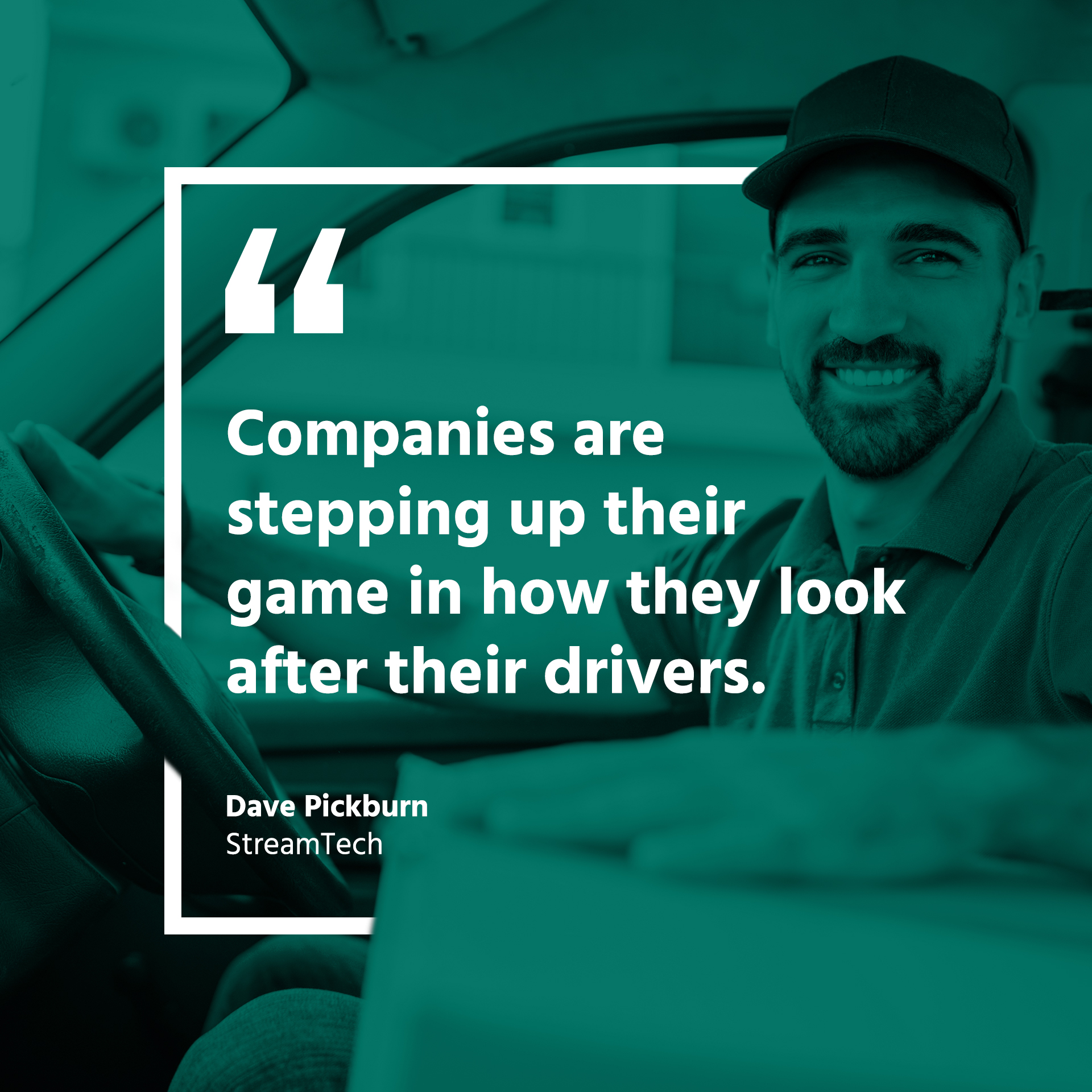
Boosting driver loyalty and retention
Driver retention has become much more of an issue in the last year and probably will continue to be going forward.
With the cost of drivers going up, and businesses paying significantly more for their drivers, you need to retain and reward the ones that are particularly good.
Companies are having to treat drivers, arguably as they always should have been treated, as valuable workers.
That’s partly about wages, but it’s also making sure you’re fair and balanced in terms of what kind of routes you’re giving them, what kind of vehicles you’re using, how you’re treating them in terms of general terms and conditions, and just making sure there’s a recognition that drivers are important aspects to the business
Dave said:
“The companies that really value delivery, and quality of delivery, and customer service, and reputation, are stepping up their game in terms of how they look after their drivers.”
Blurring the line between B2B and B2C
There has been a move from B2B companies during the pandemic towards a combined hybrid B2B/B2C model.
We’ve seen food retailers, for example, move more towards a hybrid model. Businesses that would previously only deliver B2B suddenly had to pivot when the restaurants were shut down. Many of them started offering a B2C service, delivering groceries, veg boxes or meal kits direct to consumer.
As we’ve seen when restaurants began to reopen, a lot of them initially stopped offering that B2C service, but quite a few of those have come back to it over time because its quite a good expansion model.
What did we get right in 2021?
The UK’s third lockdown
The third national lockdown did go ahead from January 2021, with restrictions slowly easing until the summer.
Despite a surge in Covid cases this winter, no further lockdowns have been announced in the UK, though many businesses have seen disruptions (to the supply chain, the workforce and, for brick and mortar businesses, footfall).
Dave predicted last year that new lockdowns may bring a slight flattening of order volumes, but no real decline against comparable periods, aside from the normal post-Christmas decline in orders for some B2C sectors and the parcel market.
This was largely correct:
“In terms of order volume, that turned out to be pretty accurate,” said Dave, “What nobody predicted, and certainly not me, was the big logistics news of 2021, which was the driver shortages.”
Delivery service as a differentiator
Last year, we also saw delivery service and communication becoming just as important for B2B as it already is for B2C.
“Consumers expected more, and a lot of logistics providers are delivering on that,” said Dave, “but now businesses are expecting that same level of service as well. They want to know when the driver is arriving. They want to know what’s going on with the goods they’re receiving.”
“That was true during 2021,” Dave commented, “and continues to be true as we enter 2022 as well.”
